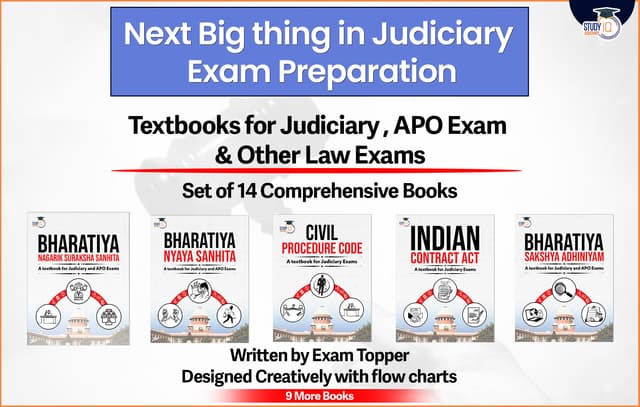Table of Contents
Justice Kurian Joseph Committee
The Tamil Nadu Government has constituted a high-level committee to examine the principles of State autonomy, with Justice Kurian Joseph, a former Supreme Court Judge, appointed as its head. Accepting the role voluntarily, he will serve without receiving any financial compensation.
Tamil Nadu Chief Minister MK Stalin announced this initiative during his address in the Assembly. The committee will also include M. Ashok Vardhan Shetty, a retired IAS officer, and Professor M. Naganathan, a former Vice Chairman of the State Planning Commission.
Stalin emphasized that the committee’s primary goal is to assess measures that safeguard the constitutional rights of states while reinforcing their relationship with the Union government. In a statement on X, he noted that the committee aims to reaffirm and adapt the principles of State autonomy in the current political landscape.
The timing of this announcement aligns with a recent Supreme Court ruling, which struck down the Tamil Nadu Governor’s decision to withhold assent for ten legislative bills, deeming it unconstitutional.
Justice Kurian Joseph, who retired from the Supreme Court in November 2018 after a tenure of over five years, has an extensive judicial background. Before his appointment to the apex court, he served as the Chief Justice of the Himachal Pradesh High Court and as a judge in the Kerala High Court.
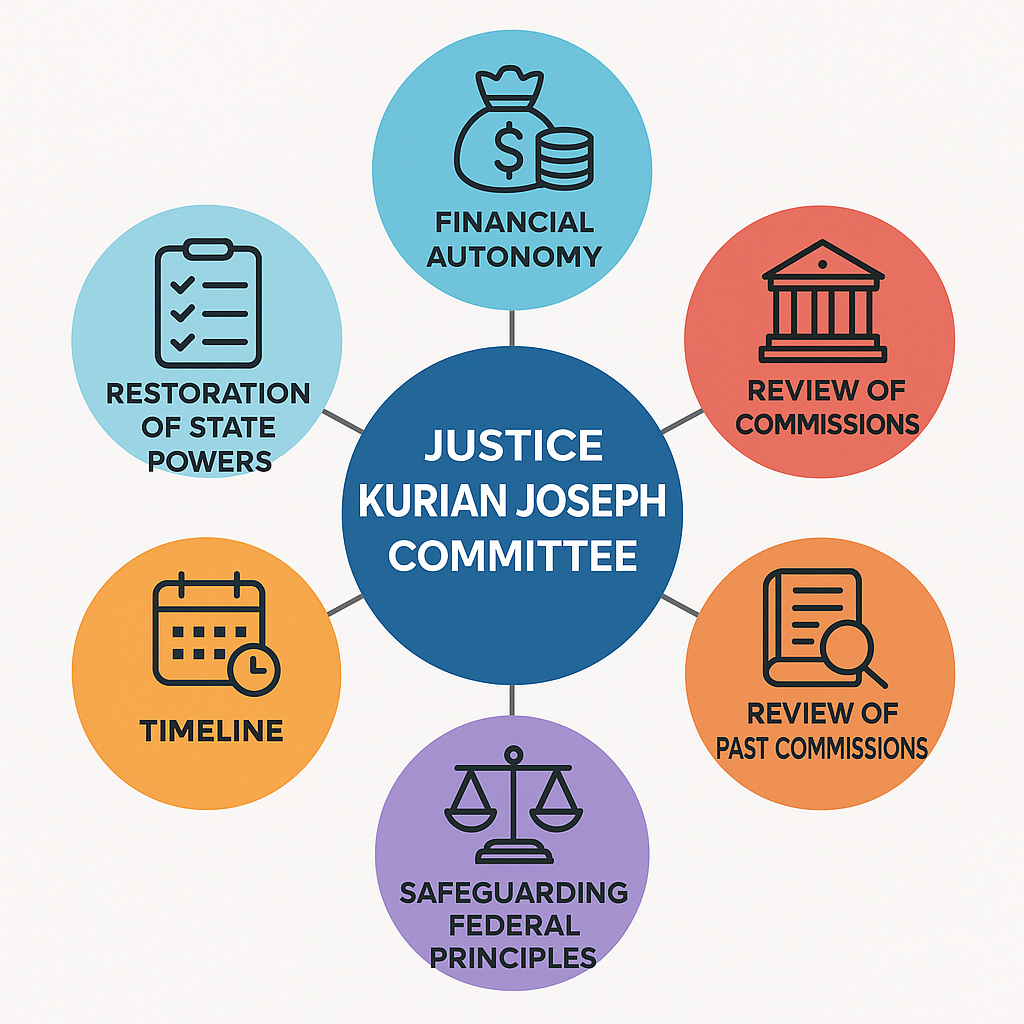
Centre-State Relations: Historical Background
The Indian Constitution was designed with the promise of federalism, a system in which power is divided between a central authority and regional governments. However, the actual development of Centre-State relations over the decades indicates a significant shift from this ideal. In 1969, expressing concerns about excessive centralization, the Tamil Nadu state government, led by the DMK, appointed a three-member inquiry committee chaired by Dr. P. V. Rajamannar. The committee’s clear mandate was to examine how the Constitution’s federal framework was being interpreted and implemented and to assess whether the states were retaining genuine autonomy in governance.
Following independence, the framers of the Indian Constitution envisioned a balance of power between the Centre and the states. However, by the 1960s, the political landscape was changing. The once-dominant Congress party began to lose control in several states, paving the way for increased regional assertiveness and coalition politics. During this time, state governments became increasingly vocal about the perceived encroachment of central authority on issues that were inherently regional. This period marked the beginning of debates concerning fiscal imbalances, centralized control over key administrative instruments, and the frequent use of emergency powers, such as those under Article 356, all of which reinforced the growing dominance of the Centre over the states.
Core Findings of the Rajamannar Committee
Dr. Rajamannar’s committee conducted a thorough examination of not just the documented constitutional provisions but also their practical implementation. The inquiry revealed that while the Constitution presents a federal façade with separate lists allocating subjects to the Centre and the states, in practice, the central government had accumulated substantial powers. Several factors contributed to this situation:
- Provisions like Article 356 allowed the Centre to impose President’s Rule on states, effectively sidelining state governments during crucial moments.
- States became heavily dependent on central transfers due to inadequate own-source revenues, which not only restricted their financial autonomy but also made them reliant on central priorities.
- The dominance of All-India Services such as the IAS, IPS, and IFS, which were administered by the Centre, further blurred the lines of autonomy by acting as instruments of central control rather than regional governance.
Ultimately, the committee concluded that although the Constitution’s text promoted federal principles, its implementation had gradually transformed states into mere administrative extensions of the Centre. This central dominance, the committee warned, undermined the states’ capacity to govern effectively and respond to region-specific needs.
The Rajamannar Committee’s report had significant implications for the nature of federalism in India. The centralization of power meant that states were often stripped of the autonomy necessary to tailor policies to local conditions. With the Centre controlling critical aspects such as fiscal resources, administrative personnel, and emergency powers, states found it increasingly difficult to assert their identity and fulfill their developmental agendas independently.
This dynamic created a persistent tension: a constitutional promise of shared sovereignty on paper versus a reality of centralized decision-making that stifled local innovation and accountability. The report underscored the risks to democratic decentralization and called for a rebalancing to honor the federal spirit enshrined in the Constitution. In light of these challenges, the Rajamannar Committee proposed several recommendations aimed at restoring balance in Centre-State relations. These included:
- A body where states could consult with the Centre on policies affecting local interests. Such a council would ideally serve as a forum for mitigating conflicts and ensuring that decisions were made with collective regional input rather than unilateral central decrees.
- The committee recommended that certain key subjects and residuary powers should be shifted from the Union List to the State List, empowering states to generate and manage their own revenues.
- It suggested limiting the use of emergency measures like President’s Rule so that they would remain tools for exceptional circumstances rather than routine instruments for central intervention.
- The report also called for reforms in the recruitment and management of public services to lessen the central influence on state administrations.
While many of these recommendations were not fully implemented, they laid important groundwork for discussions on federalism in India.
Constitutional Provisions Empowering the Centre
The Rajamannar Committee undertook a meticulous examination of the Indian Constitution and noted that certain articles were designed in a way that bolstered the Centre’s authority over states. In particular, Articles 256, 257, and 365 stand out. These provisions enable the central government to issue directives to state administrations.
Although these articles might originally have been intended to ensure uniformity or smooth administrative functioning across the nation, the committee argued that in practice, they gave the Centre excessive leeway. This power often forced states to follow centrally dictated policies, even in circumstances where local conditions might have warranted a more tailored approach. The committee warned that using these constitutional provisions to command state policies not only diminishes state autonomy but also distorts the balance envisioned by federalism.
Repealing Article 356 and Strengthening Dialogues
One of the most pointed recommendations of the committee was to consider the abolition of Article 356. This article allows for the imposition of President’s Rule, a mechanism where the state government is suspended and replaced by central administrators. The committee viewed this provision as a tool that could be misused by the Centre to override state governments, often on grounds that appeared more about consolidating control than about genuine emergency situations.
Instead of relying on such a drastic measure, the Rajamannar Committee recommended setting up a well-defined and potent Inter-State Council. This council would serve as a forum to ensure dialogue between states and the Centre, promoting cooperative federalism rather than unilateral interventions. In short, a shift toward structured consultation and dialogue was seen as essential to preserving state dignity and encouraging genuine local governance.
Critique of Centralized Planning Institutions
Beyond mere constitutional articles, the committee scrutinized the practical institutions that regulated economic development and resource allocation. A prime target of their critique was the Planning Commission. The committee asserted that the Planning Commission’s discretionary powers over the disbursement of grants created a deep dependency of state governments on central funds.
This dependency disrupted the financial independence of states, rendering them less capable of managing their developmental agendas. According to the committee, such centralisation undercuts the constitutional purpose of the Finance Commission—an institution designed to allocate fiscal resources in a manner that respects federal balance. The Committee’s observation was that when planning and funding are too centralized, it leads to a significant erosion of state power, effectively making states subordinate extensions of the Centre rather than autonomous entities.
The Misconception of a “Strong Centre” for National Unity
A further critical insight from the Rajamannar Committee pertains to the belief that a hegemonic or “strong” Centre is fundamental for ensuring national unity. While it is indeed important for a central government to secure the overall integrity of the nation, the committee cautioned that an overextended Centre one that unduly encroaches on areas of state competence, ends up undermining its own strength. True national strength, as argued by the committee, comes not from expansive and unchecked control but from the judicious and well-delimited exercise of power.
The committee invoked the views of leaders like Annadurai, who emphasized that the Centre’s responsibilities should be circumscribed to areas where it can add value, rather than extending its reach into matters that are better managed at the state level. This approach, according to the committee, would promote clarity, restraint, and, ultimately, a more robust form of national unity that accommodates regional diversity.
To sum up, the Rajamannar Committee’s key findings highlight an inherent paradox in the federal structure of India. Although the Constitution outwardly enshrines a federal system where power is shared between the Centre and the states, several constitutional provisions and centralized institutions have, over time, tipped the balance toward the Centre.
Whether it’s through the directive powers granted by Articles 256, 257, and 365, or the emergency mechanism under Article 356, or the fiscal dependency created by institutions like the Planning Commission—the net effect has been a reduction of state authority. The recommendations put forward by the committee were aimed at redressing this imbalance, advocating for a system where dialogue, fiscal independence, and a clearly demarcated sphere of power would better sustain a truly federal and unified India. This nuanced assessment continues to inform debates about Centre-State relations and the future of Indian federalism.
Current Political Landscape
In the present scenario, Tamil Nadu’s political leadership under Chief Minister M.K. Stalin has chosen to form a specialized committee aimed at reexamining Centre-State relations. This initiative comes at a time when multiple disputes with the BJP-led central government have intensified. For instance, there are ongoing controversies surrounding the National Eligibility cum Entrance Test (NEET).
Critics argue that the centrally imposed NEET policy limits states’ ability to design localized and contextually relevant admission procedures for medical education. Similarly, the issue of Goods and Services Tax (GST) compensation has become a major bone of contention. Tamil Nadu, along with several other states, has claimed that the central government uses fiscal allocations or the withholding thereof as a form of political coercion. This has created a situation where the state’s budgets and developmental initiatives are adversely affected, thereby deepening the mistrust between the state and the Centre. Furthermore, language policy remains a charged issue.
Tamil Nadu has a long history of resisting policies that are perceived as an attempt to impose Hindi or a three-language mandate, given the state’s strong cultural and linguistic pride. These disputes are not isolated; they underscore a broader struggle for retaining state autonomy in areas that are seen as core to regional identity and local governance.
Future Implications
Looking ahead, the newly constituted committee is expected to undertake a comprehensive review of the current legal and constitutional framework governing Centre-State relations. The mandate is to identify the mechanisms that empower central authorities and to recommend corrective measures that would help restore and strengthen state rights. In practical terms, this might mean suggesting reforms in fiscal devolution, streamlining governance structures, or even rethinking certain central directives that have historically undermined state autonomy.
However, the path forward is riddled with uncertainties. Historical precedents, such as the recommendations from the Rajamannar Committee and other subsequent commissions, have largely remained unimplemented. The Centre’s reluctance to act on these recommendations suggests that entrenched interests and political calculations often outweigh the impulse toward institutional reform. In other words, even if the committee produces a well-reasoned blueprint for rebalancing powers, its success will depend heavily on whether the central leadership is willing to heed these findings a prospect that remains highly questionable given past experience.
Synthesis and Broader Reflections
The current political friction over NEET, GST compensation, and language policy illustrates deep-seated issues in India’s federal structure. On one hand, there is an insistence on uniformity and centralized control; on the other, there is an equally strong demand for regional autonomy, tailored governance, and the protection of local identities. The formation of Stalin’s committee represents an assertion of state rights, aiming to challenge the long-standing predominance of central powers. It also reflects a broader debate about the nature of federalism in India whether true federalism is achievable when fiscal and administrative controls remain heavily centralized.
Ultimately, the future of Centre-State relations will depend on the political will to implement structural reforms. If the central government continues to overlook the committee’s recommendations, the cycle of conflict and unresolved grievances may persist. Conversely, embracing these changes could pave the way for a more balanced and effective federal system one that respects the autonomy of states while ensuring the unity and integrity of the nation.

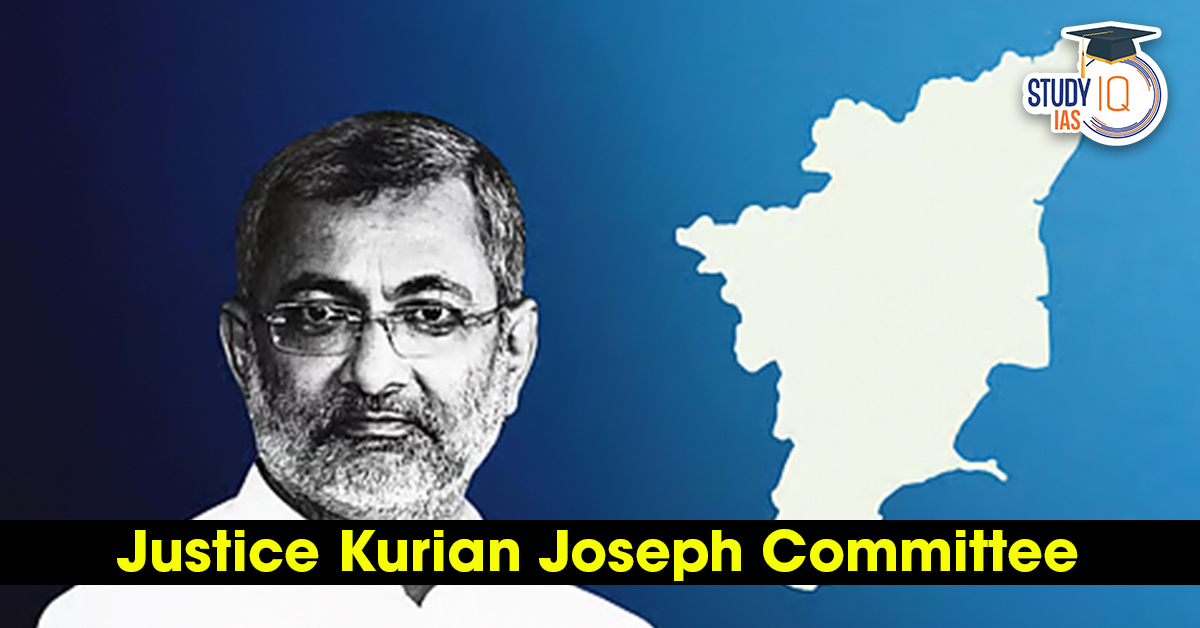
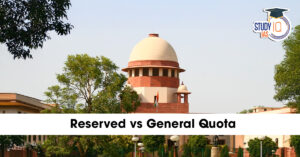 Reserved vs General Quota: Supreme Court...
Reserved vs General Quota: Supreme Court...
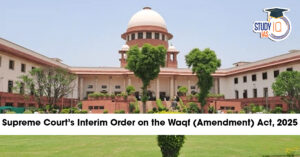 Supreme Court’s Interim Order on the W...
Supreme Court’s Interim Order on the W...






